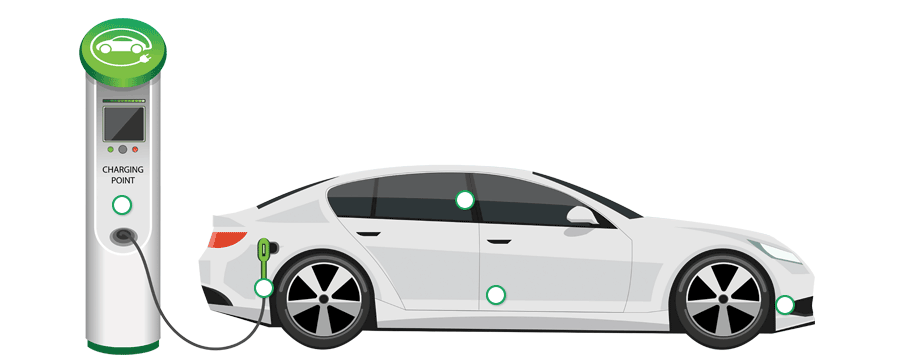The Largest Electric Vehicles Sales in the World
Electric vehicles (EVs) tend to be more expensive than internal combustion engine (ICE) vehicles for several reasons. Some of the main reasons include:
Battery costs: Lithium-ion batteries, commonly used in electric vehicles, represent a significant portion of the total cost of an electric vehicle. While battery costs have decreased over time and are expected to continue decreasing with technological advances and increased production scale, they still constitute an expensive component.
Technology and research: The technology behind electric vehicles is still in development and continues to evolve. Automakers often invest in research and development to improve efficiency, battery range, and other features of electric vehicles.
Charging infrastructure: The cost of building and maintaining charging infrastructure for electric vehicles can also influence vehicle prices. Although the infrastructure is expanding, it is not as widespread and established as traditional fueling stations.
Economies of scale: Currently, large-scale production of electric vehicles is not as common as the production of combustion vehicles. As demand for electric vehicles increases and more manufacturers enter the market, economies of scale may reduce production costs.
Subsidies and incentives: In some places, electric vehicles may be initially more expensive, but governments offer subsidies and incentives to make them more affordable for consumers. These can include tax discounts, purchase incentives, and subsidies for charging station installations.
As technology advances and the acceptance of electric vehicles grows, it is likely that prices will decrease and become more competitive compared to traditional combustion vehicles.

